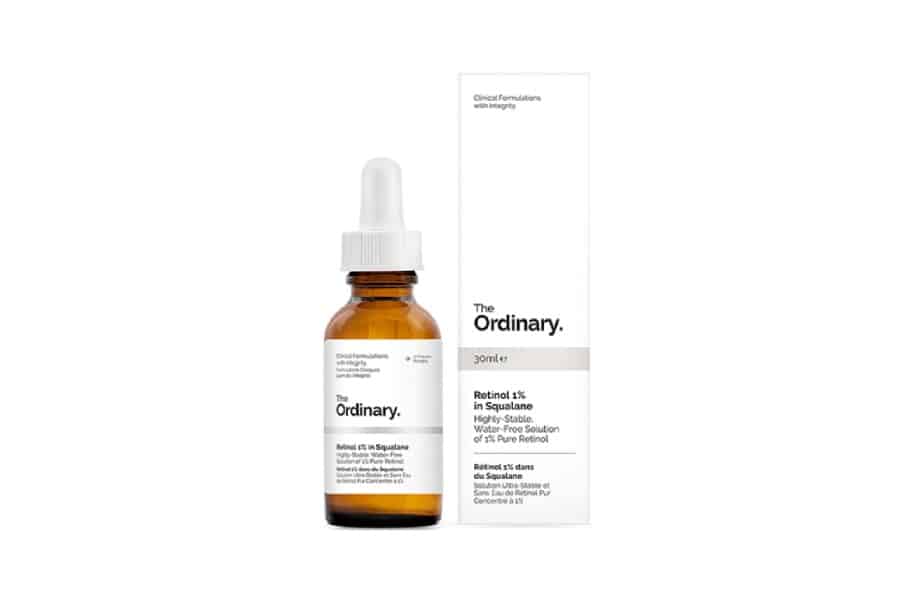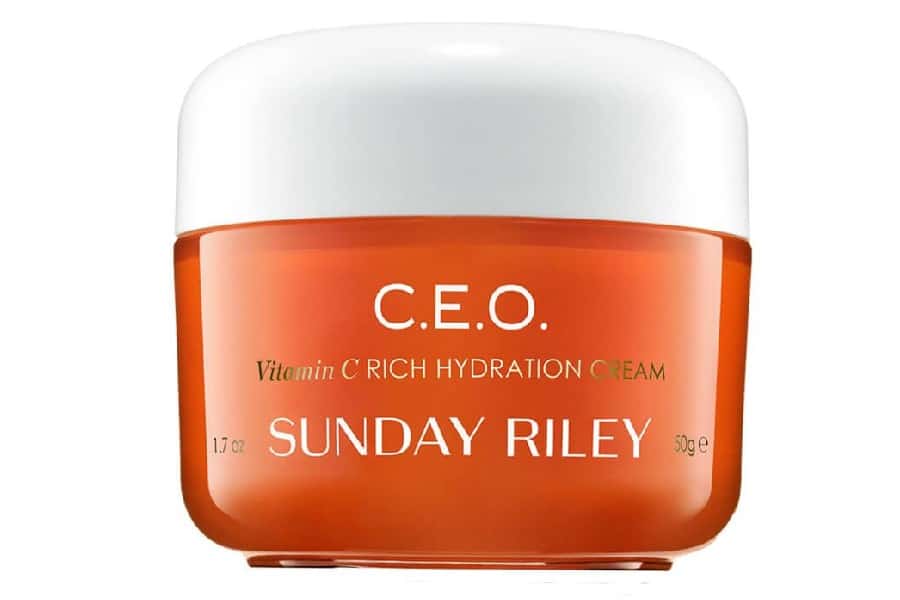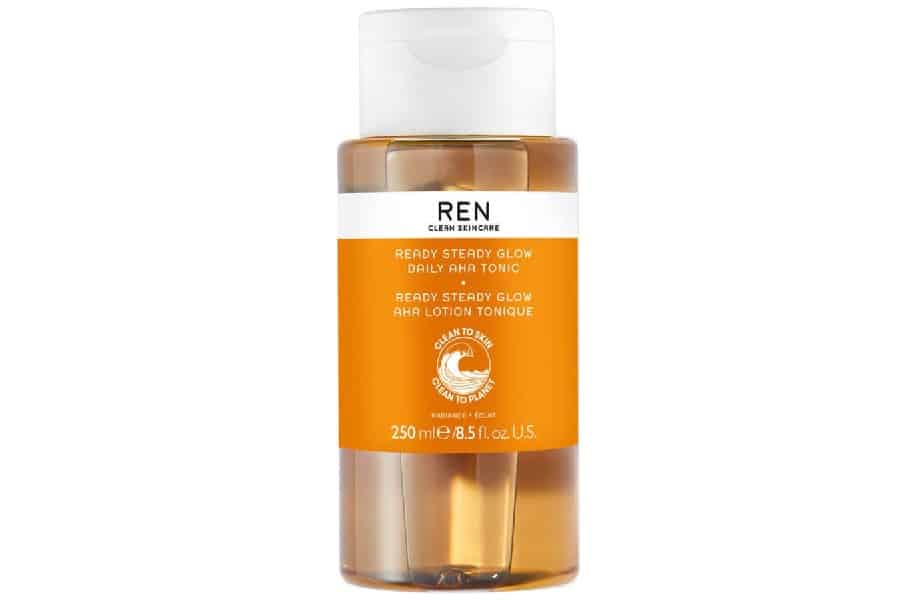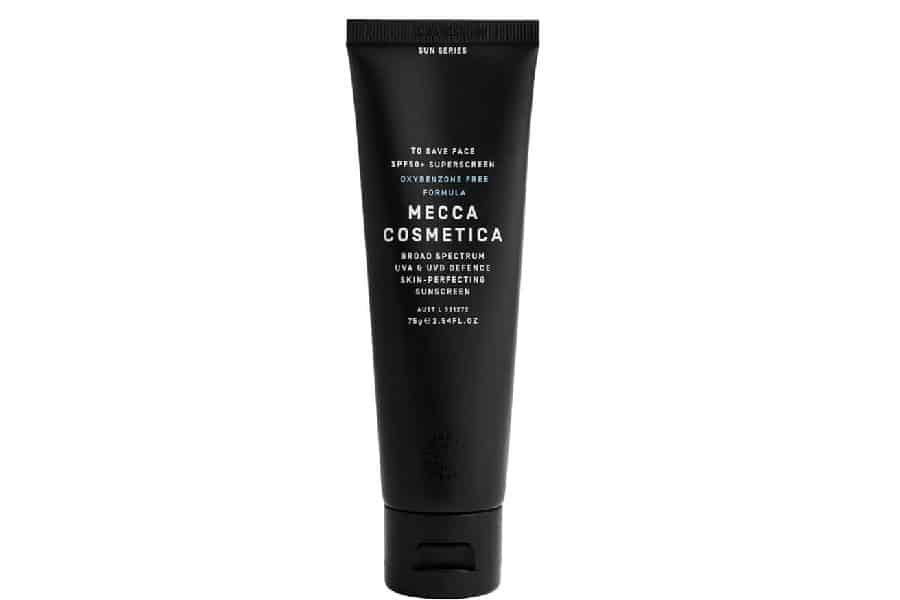
Skincare. It’s a love-hate relationship. There are times when applying our routines is akin to an act of relaxation, and sometimes it simply feels a chore. Further to this, knowing the skincare to use, when to use it and why to use it is a further minefield to be navigated as part of a daily dance done between us and the bathroom cabinet. One integral part of skincare knowledge to be privy is knowing what skincare actives are not to mix, as they may cause irritation, redness or rashes. Here, we look at the six most important skincare actives not to mix in your routine.
Retinol with vitamin C, benzoyl peroxide, or AHA/BHA acids.
As AHA and BHA acids are exfoliating, they can dry out your skin and cause more irritation if your routine already includes retinol. Benzoyl peroxide when mixed with retinol actually cancels one another out, rendering both less effective than if used at separate times. The last not to mix with retinol – vitamin C – is due to the fact that the vitamin protects the skin from environmental aggressors, and retinol repairs and rebuilds the skin. Thus, they are ideally primed to be used at opposite times of the day. Using vitamin C in your morning routine is advisable, and retinol in the evening.
Our choice: The Ordinary Retinol 1%

Niacinamide and vitamin C.
While both are antioxidant, vitamin C isn’t compatible with niacinamide. The potency of both actives will be significantly diminished when used in conjunction, unless the application of the products is spaced a minimum of 10 minutes apart. So, if you have the time, go for it, but if like us you slap on your routine at an efficient rate, it is better to alternate between days.
Our choice: Sunday Riley CEO Vitamin Rich Hydration Cream

Niacinamide and AHAs and BHAs
When used with AHAs and BHAs, niacinamide has no effect and can cause redness. As it has a pH of around 5-7, it can raise the lower pH of the other acids, typically sitting at 3-4. This cancels out their properties, so it is always best to use both separately as they can help with skin texture, acne and signs of ageing.
Our choice: REN AHA Ready Steady Glow

Retinoid or Retinol and Salicylic Acid
Another not to be mixed with retinol is salicylic acid. While it is common to have skin that requires the work of both products, there are drawbacks. Retinol may target your fine lines and wrinkles and salicylic acid may fight against acne and breakouts, however each can dry out the skin. Thus, using them together can lead to over drying and irritation, making your situation worse. The solution is to use retinol in the evening and salicylic acid in the day, getting the best of both worlds at different times.
Our choice: Moon Juice Acid Potion Exfoliator

Two products with the same actives
Firstly, there’s little reason for you to be smattering your face with five products containing hyaluronic acid or glycolic acid. For example, if you apply the acid and then finish with another cream containing an acid, this means both contain AHA’s in their make. This may lead to irritation and inflammation, often a sign the skin barrier has been disrupted. While it isn’t something to be overly concerned about, it isn’t recommended you consciously apply multiple products with the same actives. If this occurs accidentally, there’s no immediate need to panic. Simply monitor how your skin is feeling, post-application.
Sunscreen and… actually, no.
Just a friendly reminder that sunscreen can and should be applied with any skincare. If you are regularly applying retinol and skincare acids, it is even more important that it is applied as both can cause skin sensitivity. There are different types of sunscreen – both chemical and mineral – so taking the time to research what may be best for your skin type and personal preferences.
Mecca To Save Face SPF 50+

Image: Pinterest



